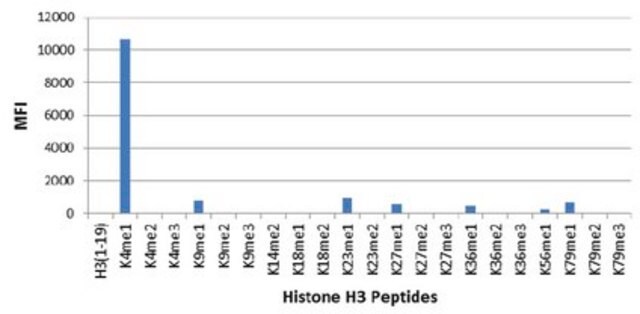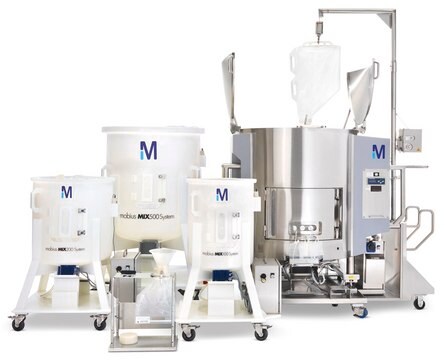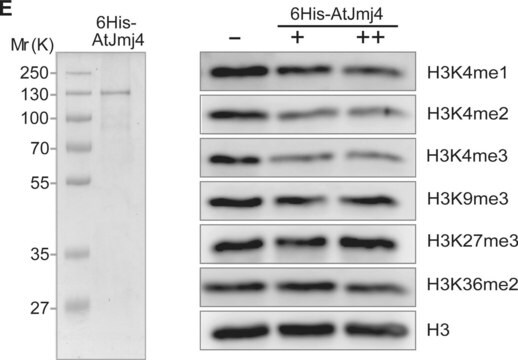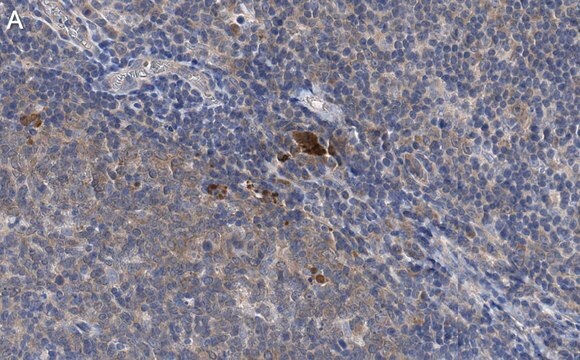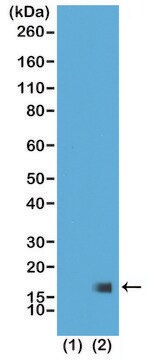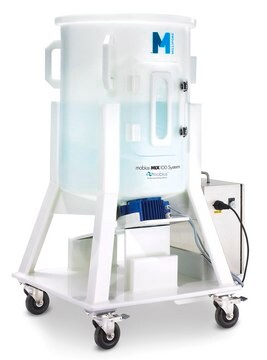MABE986
Anti-PTB Antibody, clone BB7
clone Bb7, from mouse
Synonym(s):
Polypyrimidine tract-binding protein 1, PTB, 57 kDa RNA-binding protein PPTB-1, Heterogeneous nuclear ribonucleoprotein I, hnRNP I, PTB
About This Item
Recommended Products
biological source
mouse
Quality Level
antibody form
purified antibody
antibody product type
primary antibodies
clone
Bb7, monoclonal
species reactivity
mouse, human
technique(s)
immunocytochemistry: suitable
immunoprecipitation (IP): suitable
western blot: suitable
isotype
IgG2bκ
NCBI accession no.
UniProt accession no.
shipped in
wet ice
target post-translational modification
unmodified
Gene Information
human ... PTBP1(5725)
General description
Immunogen
Application
Epigenetics & Nuclear Function
Nuclear Receptors
Immunocytochemistry Analysis: A 1:500 dilution of this antibody detected PTB in HeLa, HUVEC, and NIH/3T3 cells.
Immunoprecipitation Analysis: A representative lot immunoprecipitated PTB in HeLa and WERI-1 nuclear extracts. (Chou, M.Y., et al. (2000). Mol Cell. 5(6):949-57).
Western Blotting Analysis: A representative lot detected PTB in HeLa and WERI-1 nuclear extracts (Sharma, S., et al. (2005). Mol Cell. 19(4):485-496).
Quality
Western Blotting Analysis: 1.0 µg/mL of this antibody detected PTB in 10 µg of HeLa cell lysate.
Target description
Physical form
Storage and Stability
Other Notes
Disclaimer
Not finding the right product?
Try our Product Selector Tool.
Storage Class Code
12 - Non Combustible Liquids
WGK
WGK 1
Flash Point(F)
Not applicable
Flash Point(C)
Not applicable
Certificates of Analysis (COA)
Search for Certificates of Analysis (COA) by entering the products Lot/Batch Number. Lot and Batch Numbers can be found on a product’s label following the words ‘Lot’ or ‘Batch’.
Already Own This Product?
Find documentation for the products that you have recently purchased in the Document Library.
Our team of scientists has experience in all areas of research including Life Science, Material Science, Chemical Synthesis, Chromatography, Analytical and many others.
Contact Technical Service